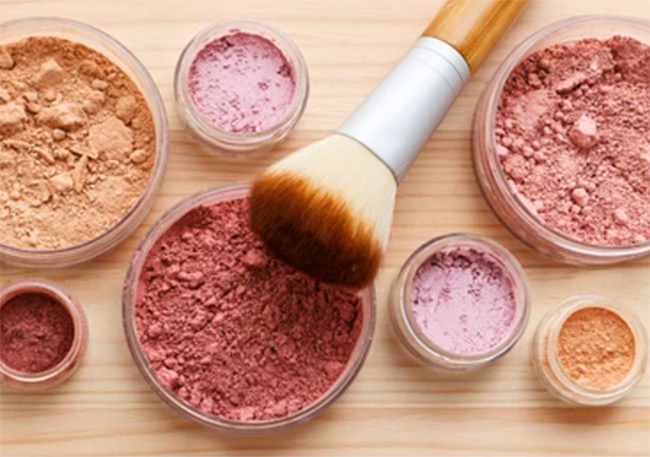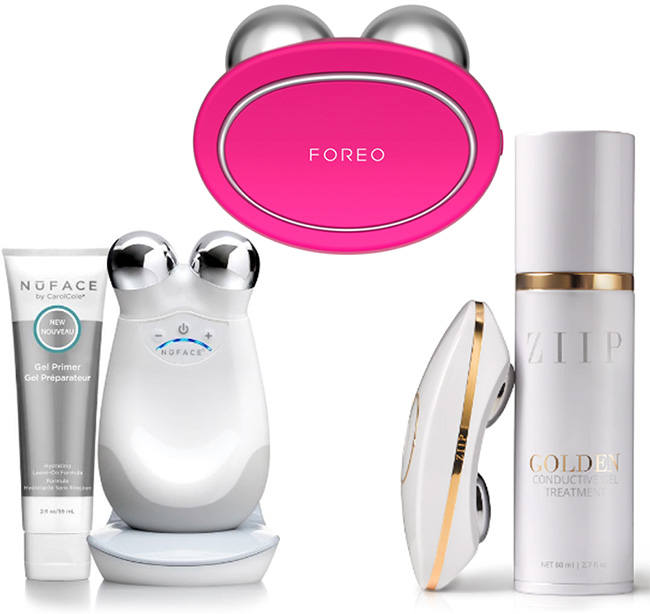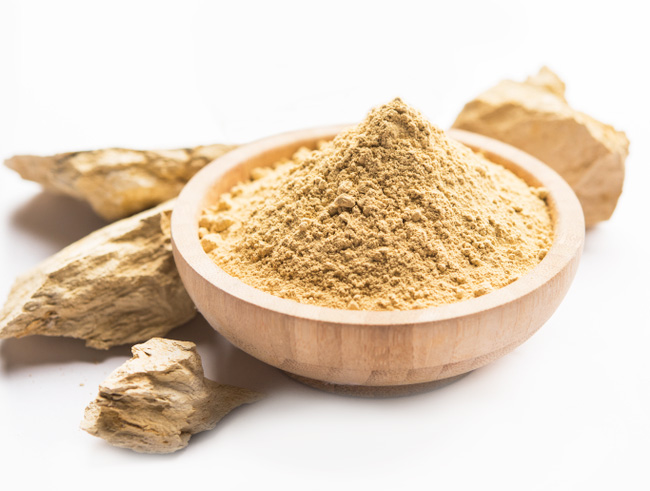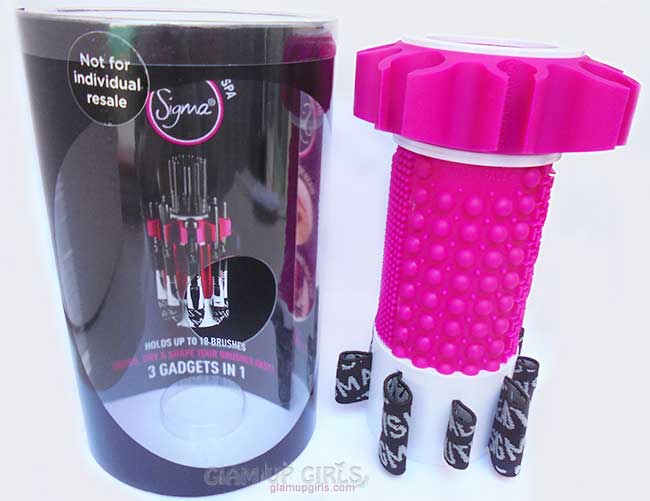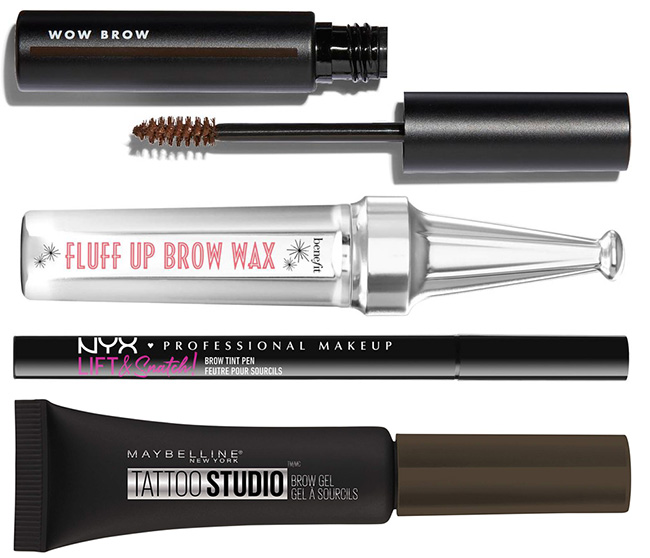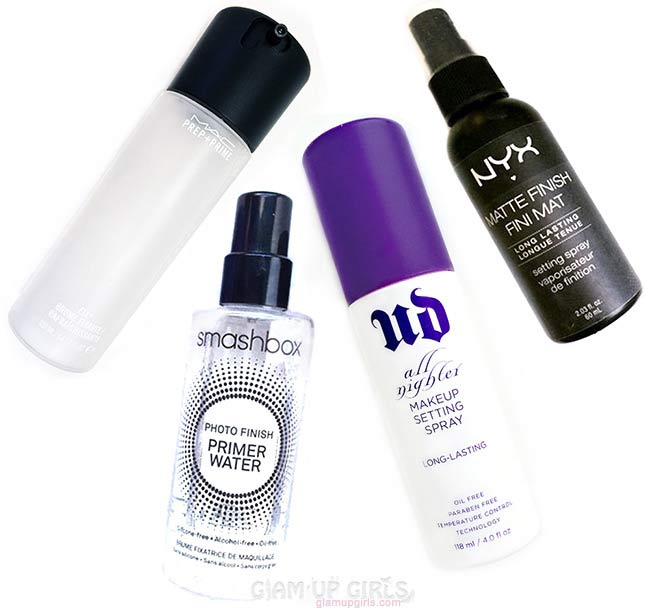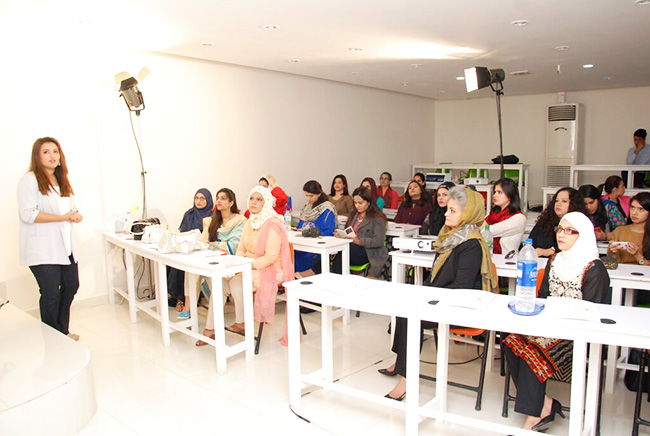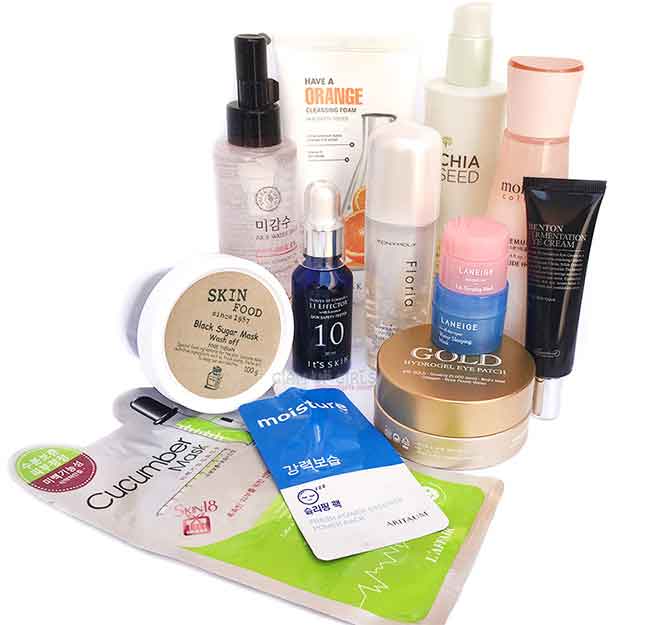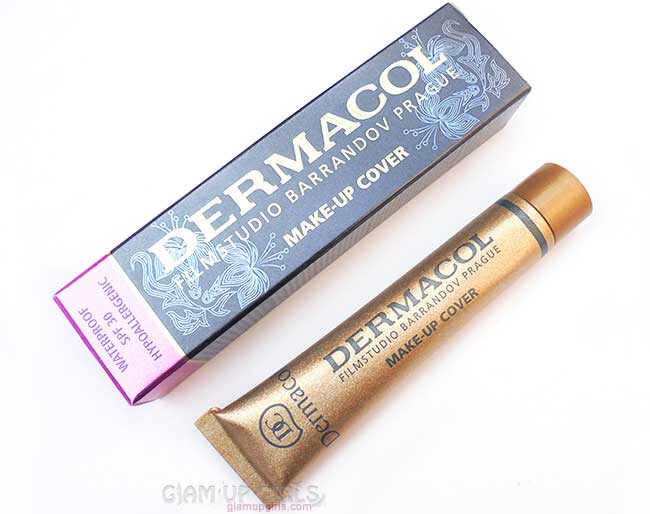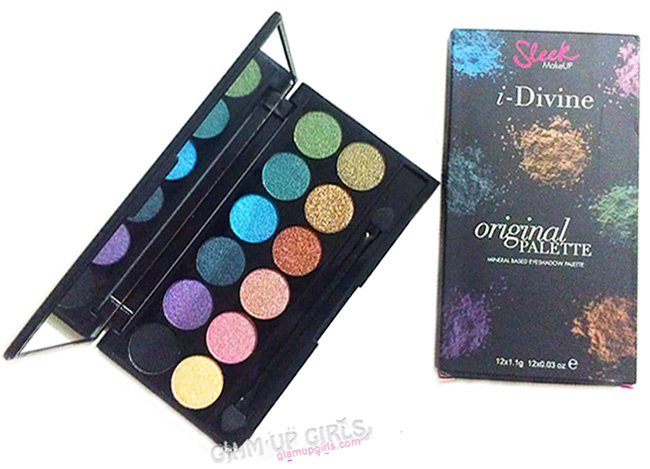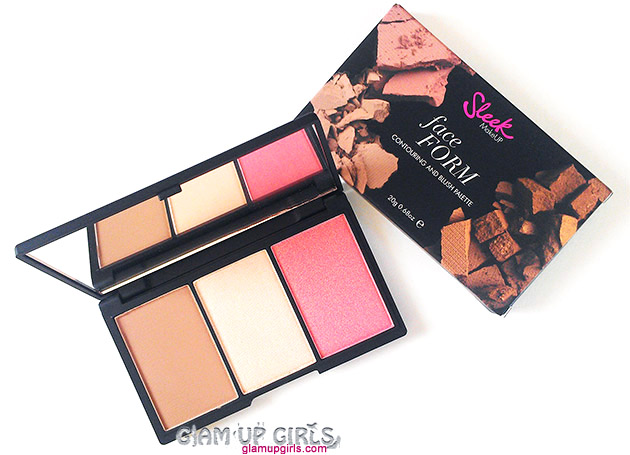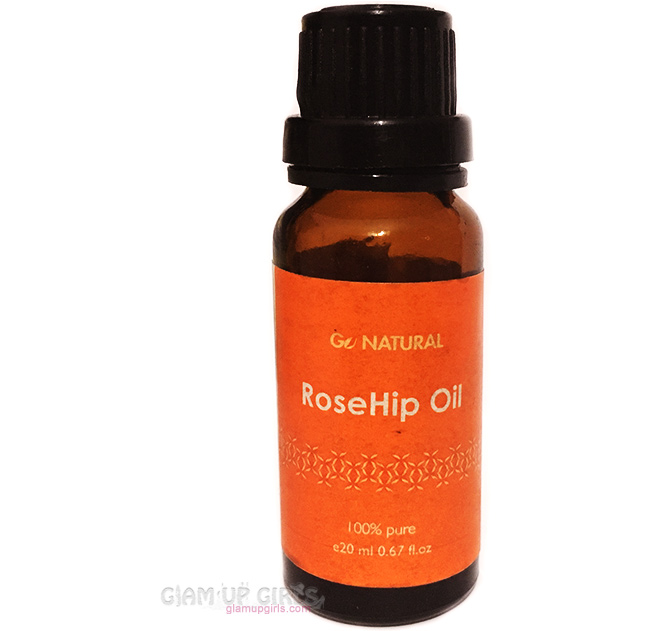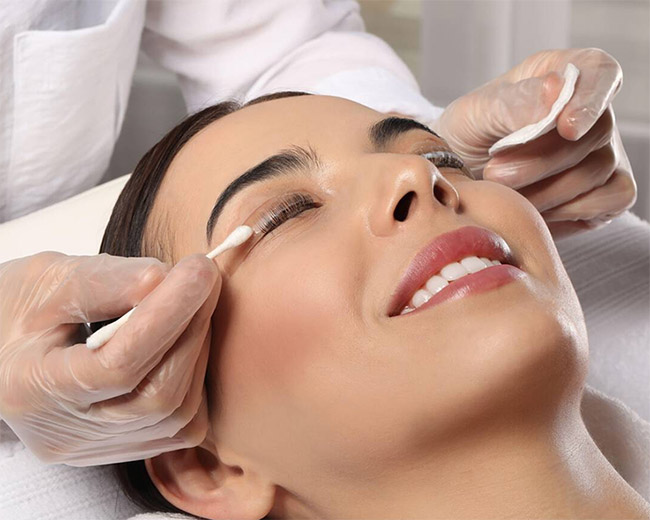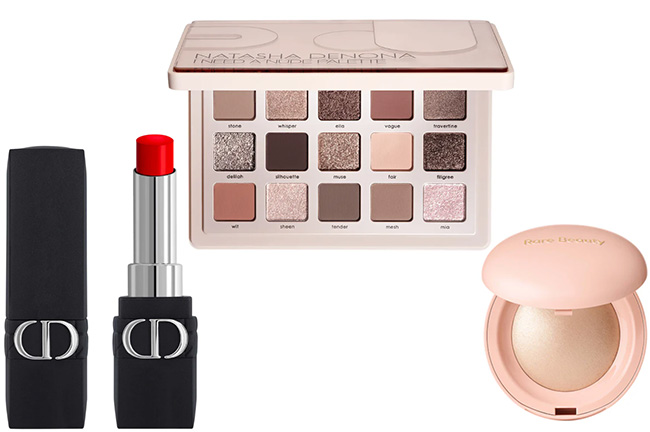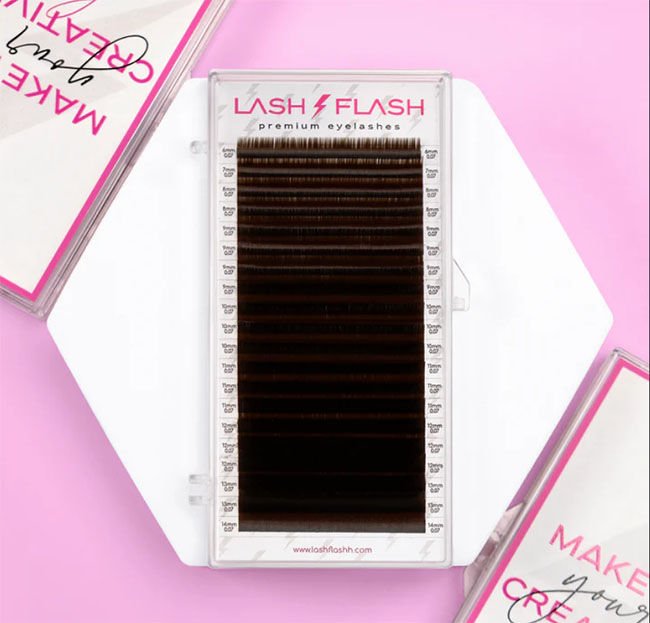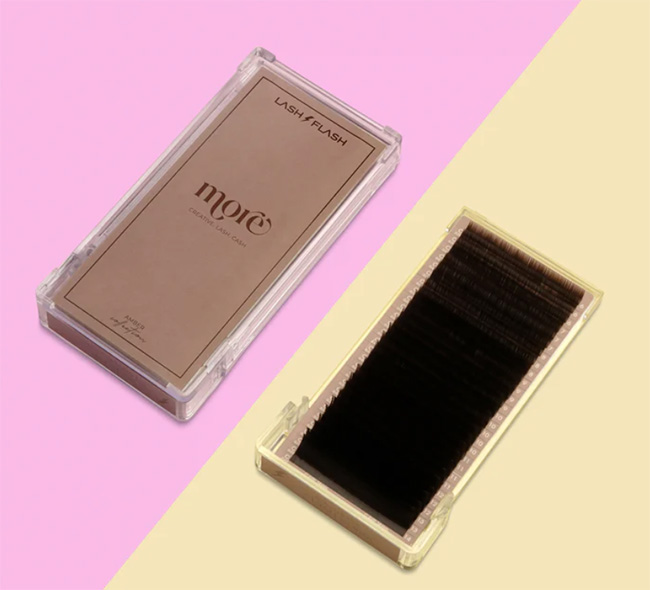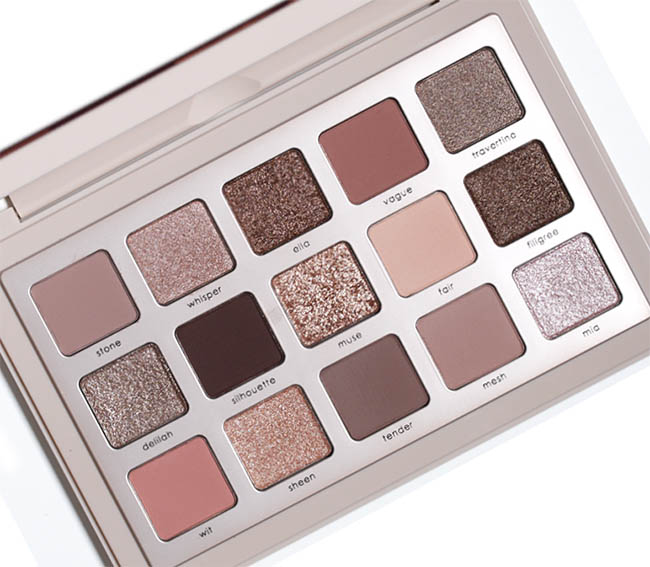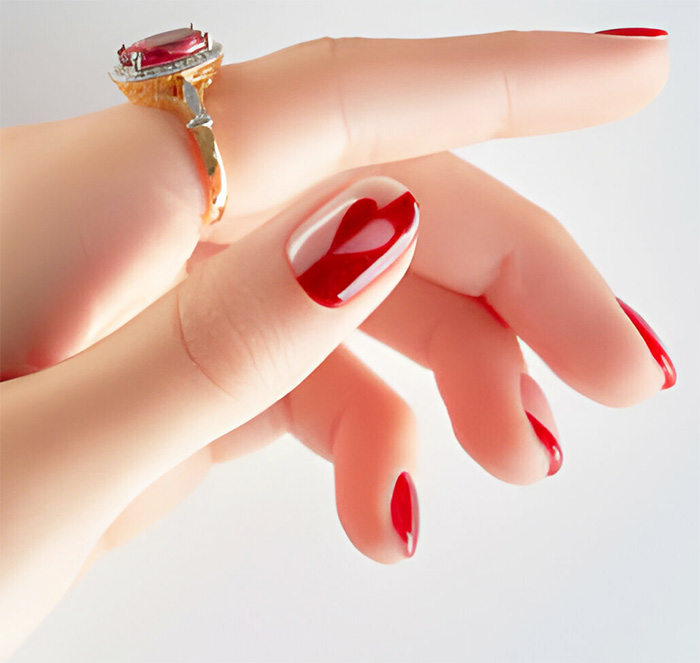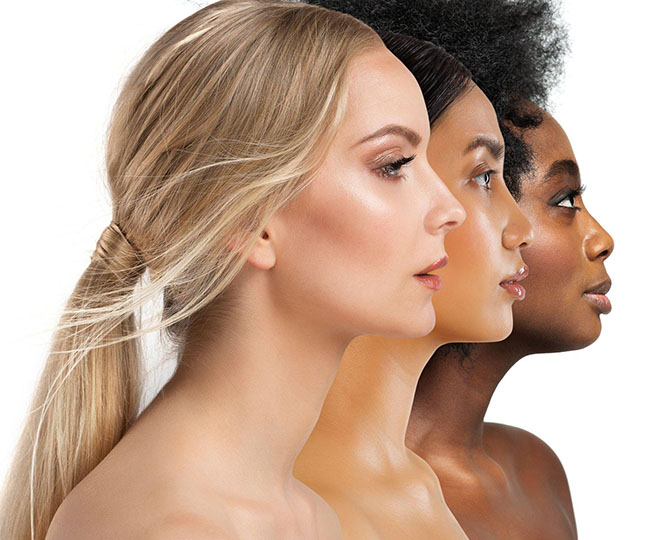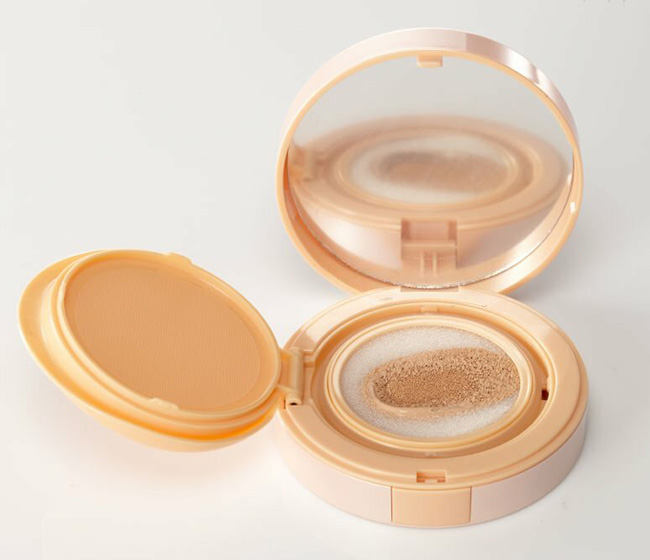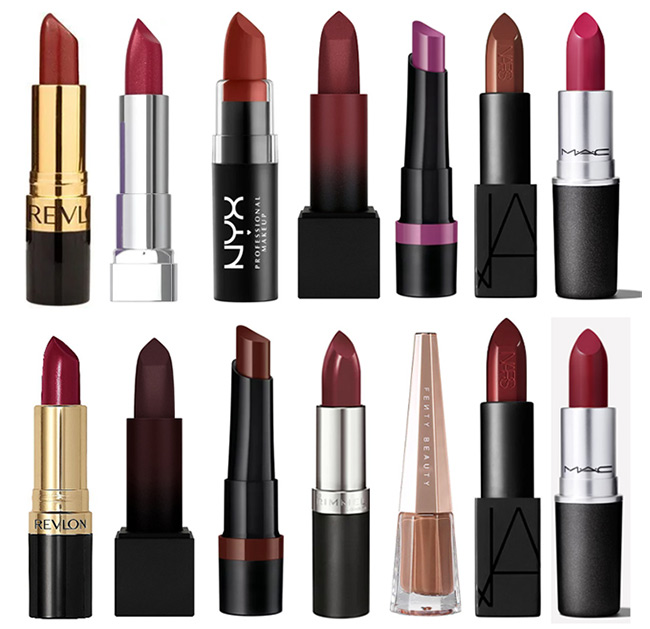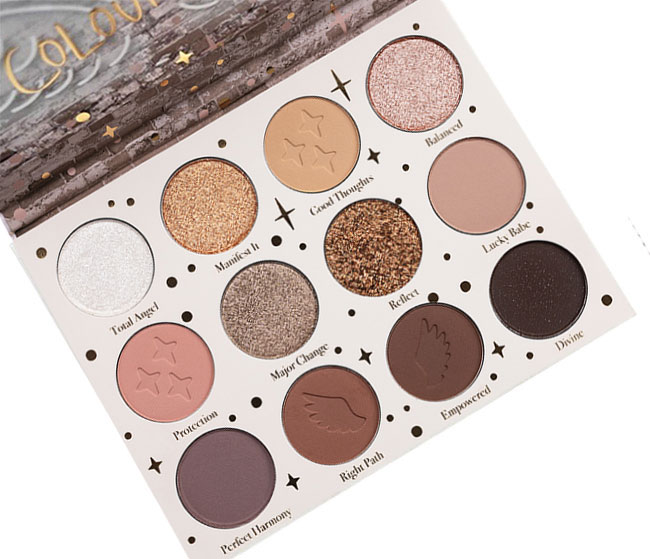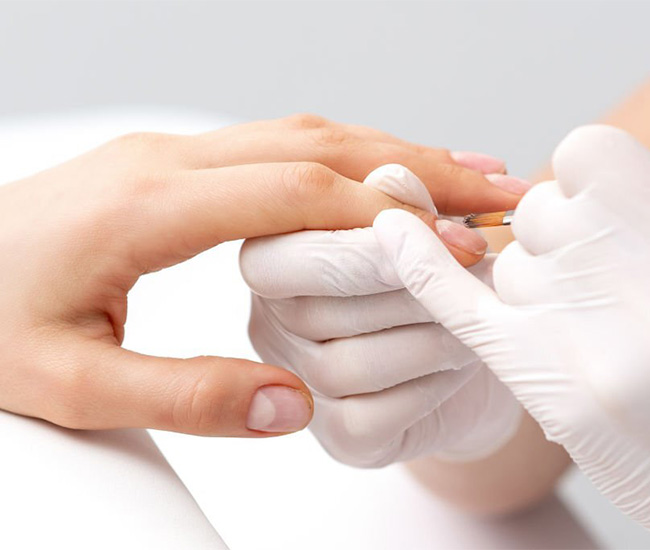should be functional and offer more than just surface improvement.
Natural Finish
Pure mineral makeup allows the skin to function correctly, excrete toxins, and absorb moisture from the atmosphere. Mineral makeup foundation should act like a second skin, as well as provide physical, broad-spectrum protection for the skin. The water-resistant properties of minerals allow women to sweat, exercise and even swim with their makeup staying on throughout the day, provided they don’t rub it off. The minerals only come off when removed with a soft cloth and gentle cleanser.
Act as Sunscreen
To protect against UVA, UVB, and infrared rays, use mineral sunscreen that has high levels of zinc oxide and titanium dioxide (I like using at least 18 percent zinc oxide/titanium dioxide in a liquid foundation, and 40 percent zinc oxide/titanium dioxide combined in cream, pressed compact and loose mineral formulas). Zinc oxide is also a natural anti-inflammatory, which makes it an ideal option for people with sensitive skin or who are prone to breakouts. I’ve often seen young girls with acne switch to high-quality mineral makeup and their condition has significantly improved with no other change to their skincare routine.
Skincare Benefits
It has recently been discovered that the natural iron oxide pigments used in quality mineral formulas are highly beneficial to the skin, whereas most traditional makeup brands use artificial food, drug, and cosmetic (FD&C) dyes that offer no benefit to the skin. At levels of 4 percent and higher in a formula, iron oxides act as effective filters against harmful blue light. But beware … not all minerals are created equal. As the mineral trend has gained momentum, many companies have jumped on the bandwagon and created inferior quality makeup that has tarnished the reputation of true mineral makeup. Cheap fillers such as talc bulk up the product and give a cakey, dry finish, which has given many women the misconception that loose powder minerals are drying. Good quality loose minerals should actually make the skin appear hydrated and dewy.
Mineral makeup should not contain questionable ingredients such
as:
- cheap fillers and bulking agents (like talc)
- dimethicone (which can cause skin breakouts)
- bismuth oxychloride (this is a potential irritant that is used as a shimmer agent)
- artificial colors (FD&C bases)
- artificial fragrance
- paraben preservatives.
available in a greater variety of more natural tones and are able to suit almost any skin type. New milling and production techniques now produce a finer-grade product with superior coverage, texture, and environmental protection. Yay!
I believe mineral makeup is a logical extension of a good skincare regimen. If you invest in good skincare, why would you negate all the benefits by plastering inferior makeup on your face for the next 10 hours?
How to apply mineral makeup
Loose or pressed mineral makeup should always be applied over a lightly moisturized face to ensure even adhesion of the mineral
particles to the skin. I recommend applying minerals with a densely packed kabuki brush that doesn’t shed! Load the kabuki with a little amount of loose minerals, and apply with firm circular motions over the face and neck. Work rapidly over the face to ensure even coverage. For natural results, it’s also best to apply minerals in light layers rather than one heavy layer. Minerals provide a natural base that can be built up to achieve an airbrushed finish.

